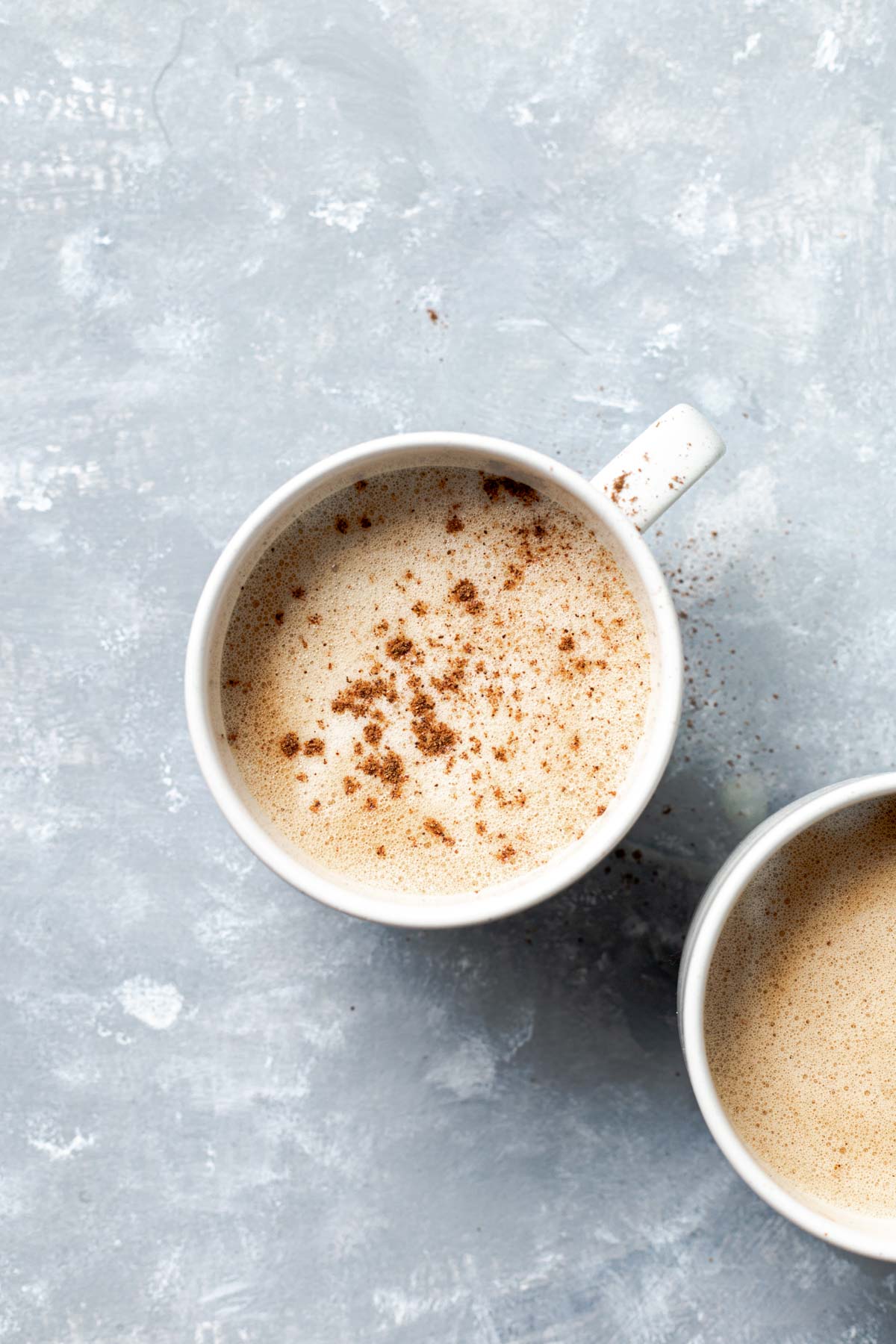

Were you aware that you can whip up a cafe latte of barista quality right in your own kitchen? After numerous recipe trials, I’ve uncovered the keys to crafting lattes that can compete with those from Starbucks or your favorite neighborhood coffee shop!
A latte is essentially a blend of espresso and steamed milk with a delicate layer of milk foam on top. The advantage of preparing this espresso beverage at home is that you can manage every aspect to achieve a smooth, rich latte at a fraction of the cost of your standard coffee shop beverage.
Why You’ll Adore This Latte
The traditional latte ratio is one part espresso to two parts milk, resulting in a creamy, smooth coffee drink that’s a bit milder than a cappuccino.
Its uniqueness lies in the luxurious microfoam, a foam layer created by steaming the milk to achieve a “wet-paint” texture. Achieving that texture without a steamer can be challenging, but I’ll guide you through various tools to get it right. Here’s what makes this latte special:
- Barista-quality outcomes: I’ll teach you how to create a latte whether you possess an espresso machine or merely standard kitchen tools.
- Versatility: You don’t need an elaborate coffee maker (though it can help!). I’ll demonstrate how to brew strong coffee that resembles espresso using a French press or a Moka pot.
- Cost-effective: A latte at Starbucks will set you back around $5, which can accumulate quickly! The ingredients are significantly cheaper: plus, you’ll enjoy the satisfaction of having made it yourself.
Essential Ingredients
This is what you’ll need to prepare lattes at home:
- Espresso or strong coffee (2 shots/2 ounces): Use freshly brewed espresso from an espresso machine, or brew strong coffee using my suggested methods. Dark roast beans are best for that authentic coffee shop espresso taste.
- Fresh milk (4-6 ounces): Whole milk delivers the richest, creamiest texture due to its fat content. It froths well and creates stable milk foam that maintains its shape. 2% milk also works but yields a less stable foam. Milk nearing its expiration date doesn’t froth as effectively, so be sure it’s as fresh as possible.
- Optional sweeteners: Classic lattes are typically unsweetened, but you can add sugar, honey, or flavored syrups to your liking. Incorporate the sweetener into the hot milk before frothing.
For milk alternatives, oat milk is my top choice. It steams similarly to dairy milk and produces decent foam. Almond milk and soy milk can work as well, though they generally yield less stable foam. If you can find barista-style plant milks, they have stabilizers that can assist in creating the foam.
Advice for Frothing or Steaming Milk
Steaming (using an espresso machine’s steam wand) generates microfoam: tiny bubbles that give the milk a smooth, paint-like consistency ideal for latte art. Frothing (using alternative techniques) results in larger bubbles and a lighter, airier foam.
The crucial point for either technique is to begin with cold, fresh milk. As milk sits, its proteins break down, making it more challenging to create stable foam. Milk older than a week generally doesn’t froth well.
Steaming (With an Espresso Machine)
Espresso machines produce the finest microfoam, though they can be quite costly. Here’s the espresso machine I use: it’s pricey but brews outstanding coffee, and I utilize it every day! Here’s how to steam milk for a latte using an espresso machine with a steam wand:
- Pour cold milk into a stainless steel pitcher, filling it one-third full.
- Purge the steam wand by releasing steam for 2 seconds. Then, place the wand tip just below the milk’s surface at an angle.
- Activate the steam: you’ll hear a soft hissing sound. Hold the steaming wand just below the milk’s surface until it doubles in size (this should take just a few seconds). This creates foamy froth.
- Position the wand lower near the side of the pitcher to generate a spiral vortex. This results in the silky smooth microfoam bubbles and the wet-paint texture that define a latte.
- Steam until the milk reaches 150°F. Use a thermometer or assess it by when your hand can’t tolerate holding the pitcher for